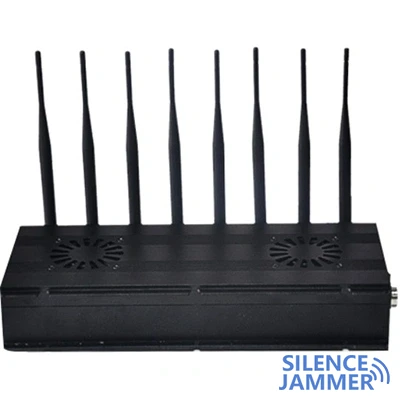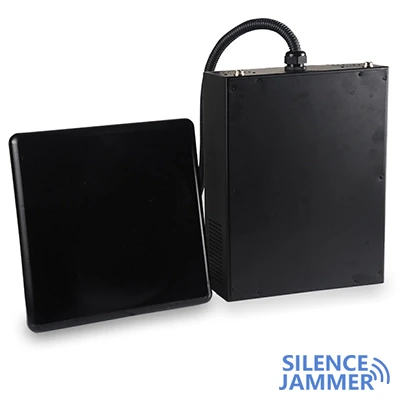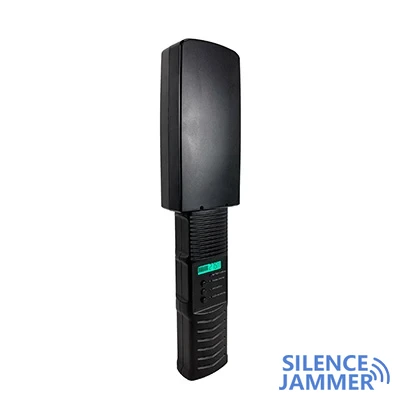With the rapid development of drone technology, airports are facing increasingly serious security threats. For example, London Gatwick Airport was forced to paralyze for 36 hours due to drone reports, and the frequency and impact of such incidents are increasing. In response to this challenge, more and more companies are providing signal jammers, interception nets and other technical means to protect airport security.
Application of technical solutions
Some companies, such as the Paris Police Headquarters, have designed systems specifically for drones, such as the Boread system, which successfully protected the presidential gallery during the last parade in Paris in 2019. These systems can quickly identify and respond to potential threats from drones through jammers and detection equipment. Paris Airports has launched the Hologarde project in cooperation with Thales, which aims to provide advanced drone detection and response capabilities and has been installed and started operation at Charles de Gaulle Airport.
Among them, drone signal jammers, as an effective defense measure, can interrupt the communication between drones and their operators by emitting strong interference signals, thereby forcing drones to land or return. Such devices can be installed at high altitudes around airports to form a protective barrier to prevent drones from entering airport airspace.

Technical Challenges and Safety Needs
Although technical solutions have made some progress, they still face multiple challenges. For example, some drones may carry explosive batteries, which can be very serious if sucked into aircraft engines. Therefore, ensuring that drones cannot enter airport airspace is a vital preventive measure.
In addition, drone signal jammers should also be used with caution. Due to their strong signal jamming capabilities, they may interfere with legal communication equipment near airports. Therefore, how to accurately locate and interfere with illegal drones while ensuring safety is a technical challenge.
European Legislation and Industry Response
Europe has also taken active legislative action in addressing drone safety, planning to require all drones to install transponders to improve the efficiency and safety of traffic management. However, the implementation and enforcement of these regulations still face challenges, such as how to prevent malicious users from deleting or disabling these transponders.
In response to these issues, legislators and technology companies need to work together to develop more detailed regulations and technical standards to ensure that the use of drone jammers can protect airport safety without interfering with other communication equipment.

Market Prospects and Technological Development
Despite the complex technical and legal challenges, the airport market remains one of the main application areas for anti-drone technology. By working with air traffic control, airport operators and law enforcement agencies, these technology companies are working to provide comprehensive security solutions for airports.
As an important component of this, the market demand for drone jammers is also growing. With the continuous advancement of technology, such equipment will become more intelligent and efficient, and can more accurately identify and interfere with illegal drones.
Conclusion
In summary, protecting airports from drone threats requires multi-faceted technological innovation and cross-sectoral cooperation. As a key means of defense, drone jammers play an important role in ensuring airport security. With the advancement of technology and the improvement of the legal framework, it is hoped that future security challenges that may arise can be more effectively addressed to ensure public safety and the stability of air traffic.





